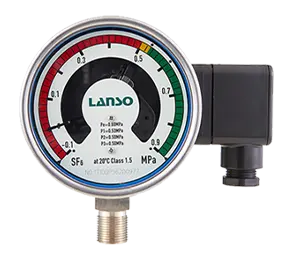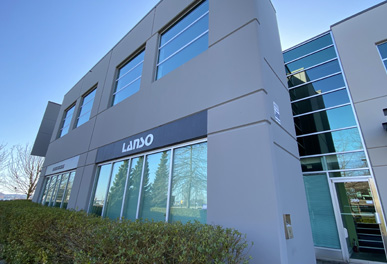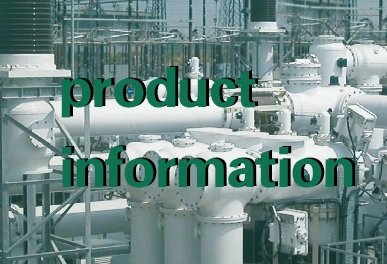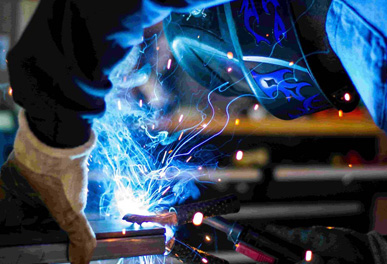SF6 gas is increasingly used in various high-voltage electrical equipment due to its excellent insulation and arc extinguishing properties. It has become the insulation and arc extinguishing medium of high-voltage equipment.
It is necessary to strictly monitor parameters such as SF6 gas density and water content to ensure the safe operation of high-voltage equipment. The SF6 gas density relay is a device used for monitoring SF6 gas density in high-voltage electrical equipment. It sends out alarm signals and locking signals timely for gas leakage in electrical equipment.
In this way, accidents can be avoided timely and effectively to ensure the safe operation of high-voltage electrical equipment. However, the SF6 relay installed on-site often have problems such as inflexible operation and poor contact since it is not operated for a long time. Sometimes, the temperature compensation performance will be reduced due to the influence of environmental conditions, resulting in the malfunction of the density relay.
Therefore, it is necessary to have a regular (usually 1-3 years) on-site inspection for the SF6 gas density relay to prevent it.
In general, the SF6 gas pressure can represent the SF6 gas density at a certain temperature in a closed container. Therefore, the SF6 gas pressure at 20 °C is used as the representative value of its corresponding density to unify the standard.
Therefore, the SF6 gas density relay takes the SF6 gas pressure at 20°C as the scale value. The inspection of the SF6 relay aims to test the operating pressure at 20 ℃. The SF6 gas density relay can be inspected in the following ways.
1. The SF6 relay can be tested by using the filling process of the SF6 equipment
This method is mainly used in the field. When the SF6 equipment is installed, you can calibrate the SF6 relay by using the filling process (the action of the contact/the indicated value of the pressure gauge). This method is simple and practical, which can preliminarily judge the quality of the density relay. However, it has the following problems.
It is greatly affected by temperature. The SF6 gas in the SF6 cylinder is stored in liquid. When the equipment is filled with SF6 gas, the liquid will transform into a gaseous state to absorb energy. The temperature of the SF gas that filled the equipment in a very short time is greatly different from the ambient temperature.
However, the SF6 density relay is placed outdoor for a long time with the same ambient temperature. It is equal to using the SF6 gas at different temperatures to test the relay, which is difficult to ensure the accuracy of the test. There is a large error if you use the readings of the SF6 pressure gauge as the reference value.
The SF6 gas density relay is mainly used in the depressurization process. The test based on the gas filling process does not consistent with the actual situation, which also affects the accuracy.
2. The SF6 relay can be tested by the exhaust process of the SF6 equipment
This method has the same problems as the above methods in the gas filling process, and the gas released needs to be recovered by a gas recovery device. It is not normally used due to its complicated process.
3. The SF6 relay can be inspected at a constant temperature room
This inspection method should be performed in a constant temperature (20 ℃) environment, which eliminates the error caused by temperature and ensures high accuracy. However, the SF6 relay requires a long time inspection and a constant temperature laboratory needs to be built. Therefore, this method is usually not available on-site, it is mainly used by manufacturers.
4. The SF6 relay can be tested by temperature and pressure correction method
This method is generally suitable for field applications and is currently the most used method. It uses the gas release process of SF6 gas to test it, but instead of using the gas of the SF6 equipment body, it is made into a device and carried out on site.
During the inspection, you need to use the valve of the equipment to isolate the SF6 gas relay from the body, and then connect it with professional inspection equipment of the SF6 gas density relay calibrator for inspection.
You need to measure the pressure of the SF6 gas density relay when it operates while recording the ambient temperature. You can obtain the operating pressure at 20 ℃ through conversion, and you can compare it with the accuracy range given by the density relay.







